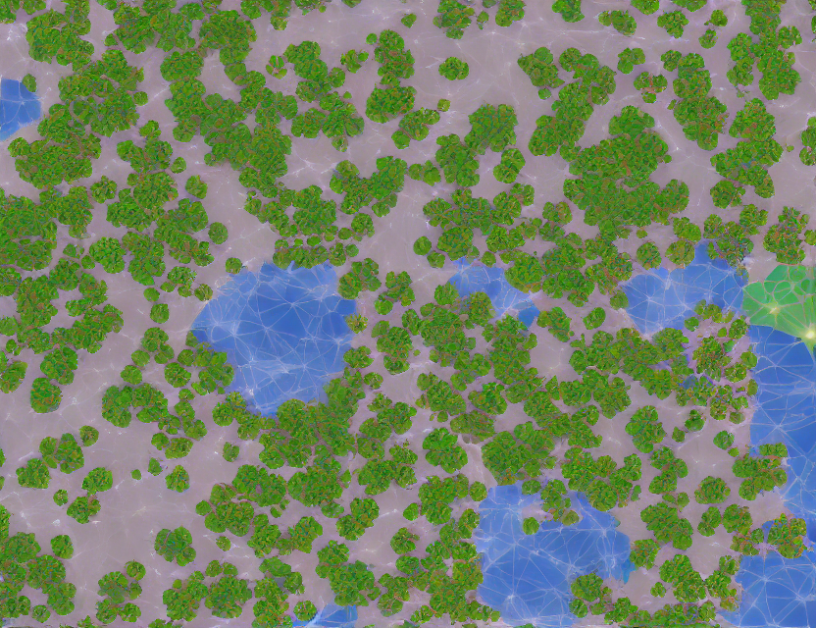In this article, we explore a method called Average Linkage for clustering faces based on their similarities and differences. Imagine you have a bunch of apples in different colors and shapes, and you want to group them into clusters based on how similar they are to each other. Average Linkage is like a magical tool that helps you do just that!
The method works by comparing the similarity scores between pairs of images and grouping them together based on their proximity. It’s like connecting the images with a string, where the string gets longer as the images become more similar to each other. The algorithm stops when the images in a cluster are too dissimilar from each other, kind of like how a rubber band can only stretch so far before it breaks.
Average Linkage is particularly useful in scenarios where faces are challenging to cluster, such as when they have different lighting conditions or expressions. It’s like trying to put together a jigsaw puzzle with missing pieces – Average Linkage helps find the best way to fit the pieces together.
The algorithm has two ways of stopping the clustering process: a fixed threshold and providing information on the known number of clusters. It’s like setting a stop sign for the algorithm, telling it when to say "when!" and move on to the next task.
In summary, Average Linkage is a powerful tool for clustering faces based on their similarities and differences. It’s like a magic wand that helps us group images together in a way that makes sense, even when they’re very different from each other. Whether you’re an expert in computer vision or just starting out, this method is worth exploring to demystify the process of clustering faces!
Computer Science, Computer Vision and Pattern Recognition
Efficient Image Representations for Face Clustering using Adaptive Hierarchical Clustering with Restricted Boltzmann Machines



